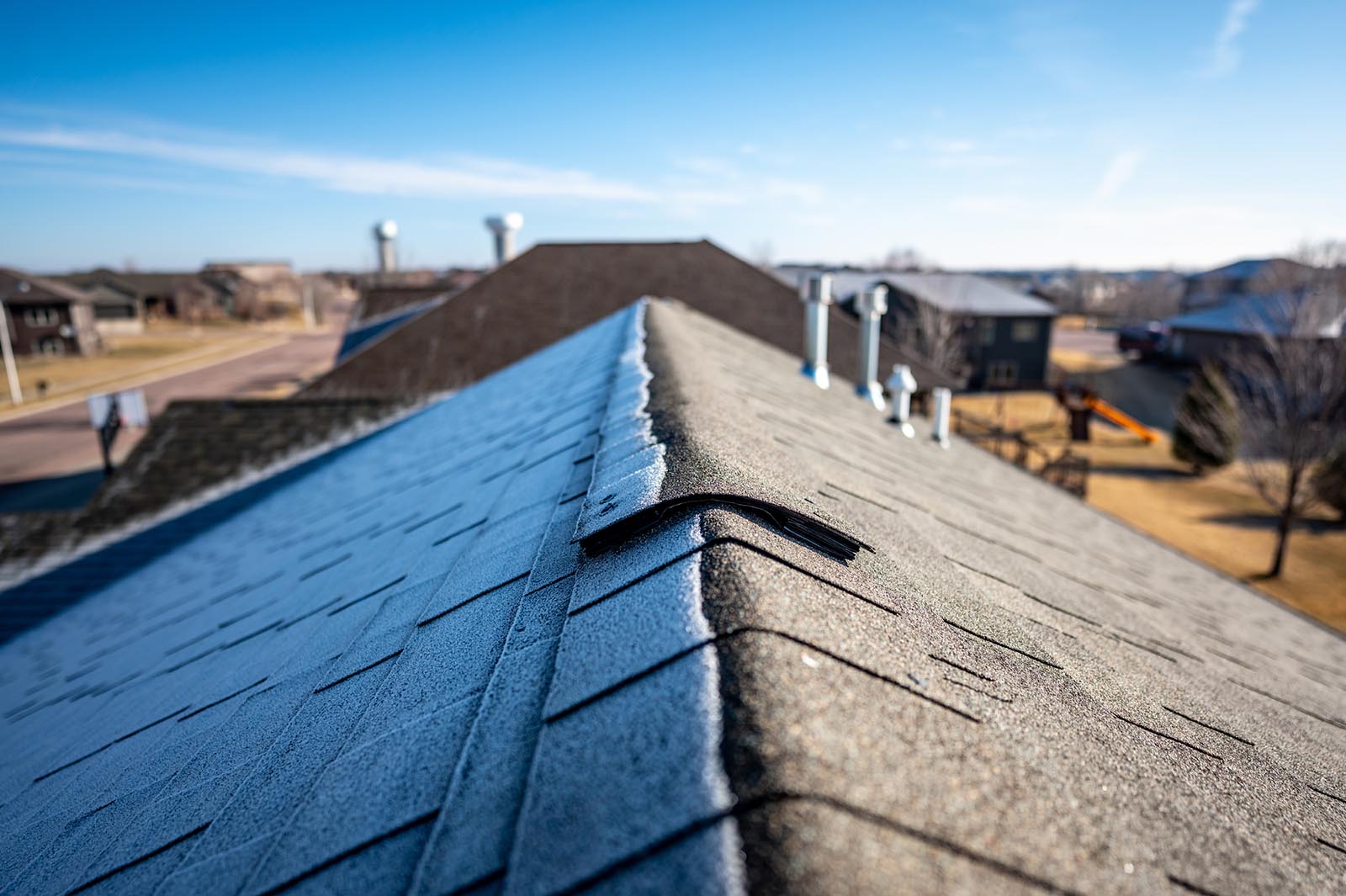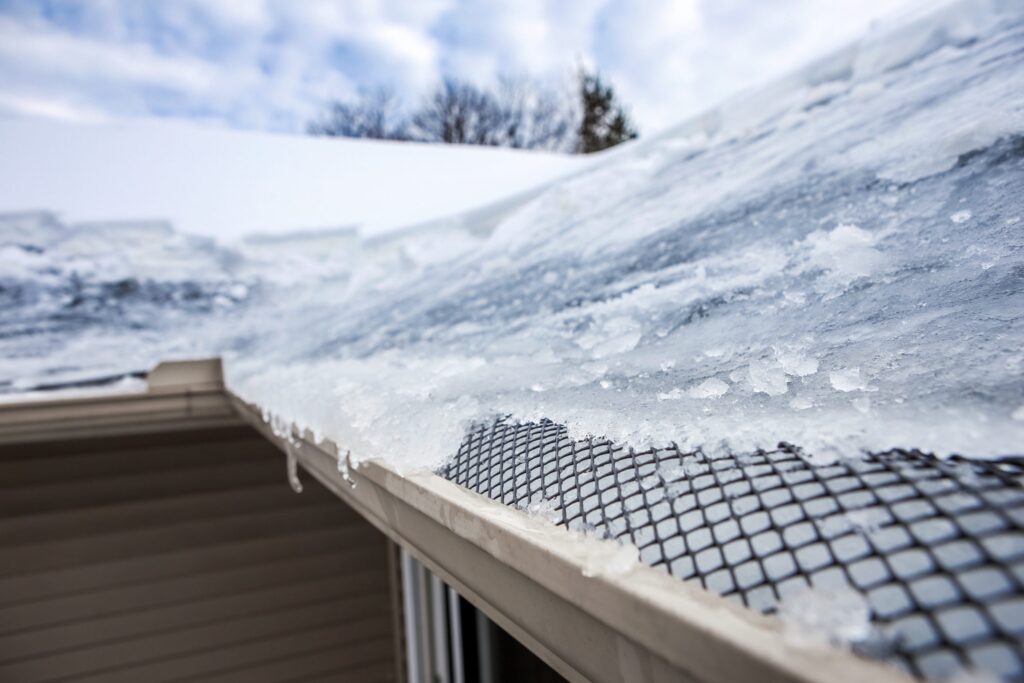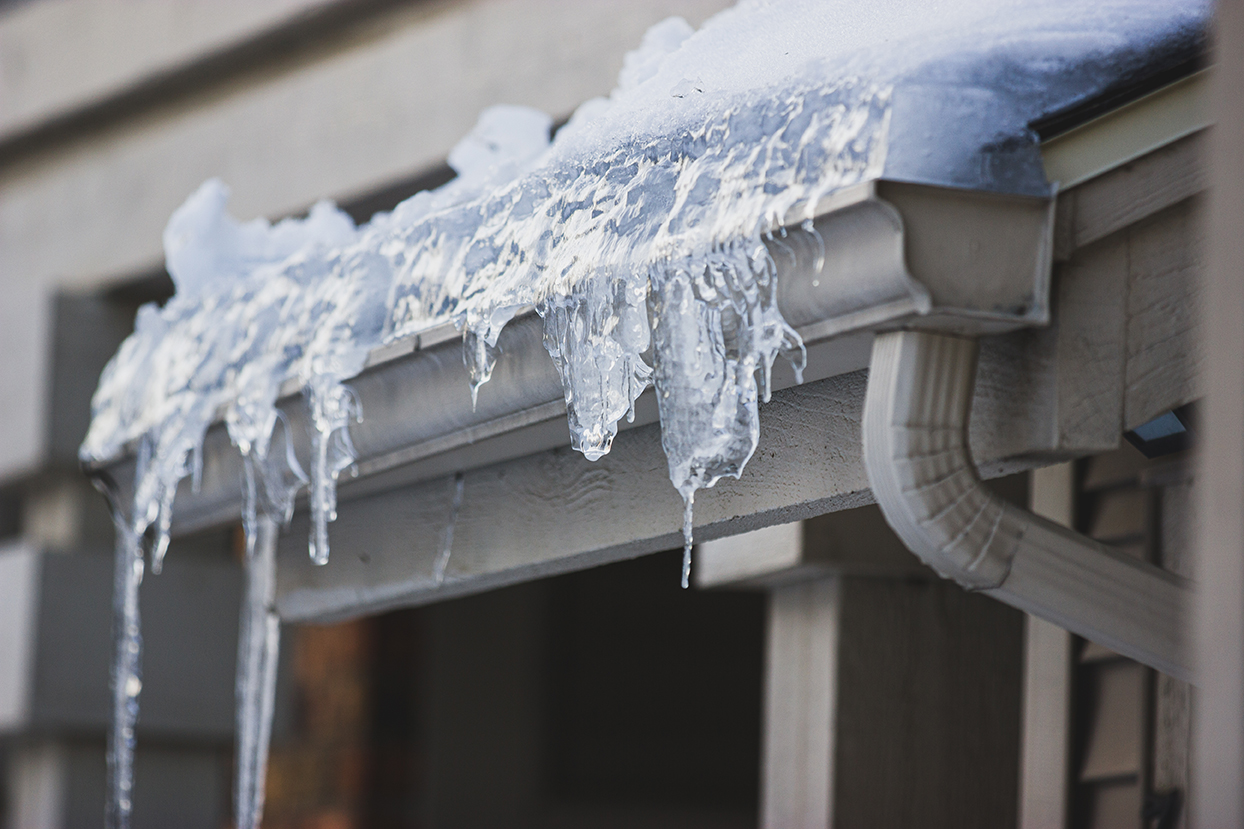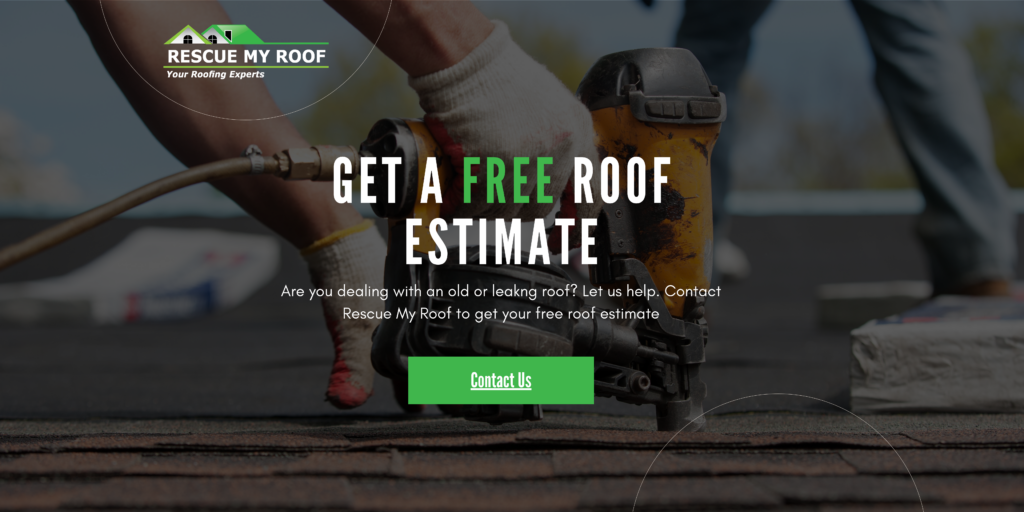How Frost and Freezing Temperatures Affect Your Roof
Winter weather can bring stunning landscapes, but it also presents challenges for homeowners, particularly when it comes to their roofs. Frost, ice, and freezing temperatures can have significant impacts on the integrity of your roofing system, leading to costly damage if left unchecked.
Rescue My Roof has been helping homeowners handle the nasty Wisconsin winter for over a decade. We know a thing or two when it comes to protecting your home from winter’s severe weather.
This article will cover how cold weather affects your roof, and can help you take preventative measures to protect your home. Ultimately, you’ll know what to do to secure your home when winter comes around.
5 Ways Freezing Temperatures Impact Your Roof
Freezing temperatures can turn your roof into a battleground for the elements, posing challenges that go beyond the obvious snow and ice accumulation. From frost damage to the formation of ice dams, cold weather can silently compromise the integrity of your roofing system.
Let’s explore five key ways freezing temperatures can impact your roof and what you can do to protect it.
1. Frost and Shingle Damage

Frost forms when moisture in the air condenses and freezes on your roof’s surface. While frost itself isn’t inherently damaging, repeated freeze-thaw cycles can take a toll on shingles.
When water from melting frost seeps into tiny cracks and freezes again, it expands, causing the cracks to widen over time. This can lead to curling, cracking, or even the loss of shingles, leaving your roof vulnerable to leaks.
2. Ice Dams and Their Impact

Ice dams are one of the most common winter roof problems. They form when heat escapes from your attic, causing snow on the roof to melt and refreeze near the edges.
The resulting ice build-up traps water behind it, preventing proper drainage. This trapped water can seep under shingles, leading to leaks and potential structural damage.
3. Gutter Blockages and Damage

Freezing temperatures can also affect your gutters. Water from melting frost or snow can refreeze inside gutters, creating blockages and adding extra weight.
Over time, this can cause gutters to sag, pull away from your roofline, or even break. Inefficient gutters also exacerbate drainage problems, increasing the risk of water damage to your roof and home exterior.
4. Condensation in Your Attic
Cold temperatures can lead to condensation issues inside your attic. When warm air from your home meets the cold underside of your roof, it creates moisture that can promote mold growth and weaken your roof’s structure.
Proper insulation and ventilation are key to preventing condensation and maintaining a healthy roofing system.
5. Freeze-Thaw Damage to Flashing
Roof flashing, the metal strips that seal joints and prevent water intrusion, can also be affected by freezing temperatures. Water can seep under flashing, freeze, and expand, causing the flashing to warp or loosen. This creates openings for water to enter, increasing the risk of leaks.
How to Protect Your Roof from Frost and Freezing Temperatures
- Keep Your Roof Clean: Remove debris and leaves before winter to ensure proper drainage.
- Insulate and Ventilate: Proper attic insulation and ventilation help prevent heat escape, reducing the risk of ice dams and condensation.
- Clear Snow Safely: Use a roof rake to remove excess snow and reduce stress on your roof. Avoid walking on your roof during icy conditions.
- Inspect Your Roof: Regular roof inspections can identify weak spots, damaged shingles, or flashing issues before winter hits.
- Maintain Your Gutters: Clean gutters and downspouts to ensure water can flow freely, preventing ice build-up.
Protecting Your Roof From Winter Weather
Frost and freezing temperatures may be unavoidable, but the damage they can cause to your roof isn’t. By understanding the effects of winter weather and taking proactive steps to protect your roof, you can avoid costly repairs and ensure your home remains safe and secure all season long. Keep your roof in top shape this winter and enjoy the season with peace of mind.
Learn more with “Common Winter Roofing Repairs and How to Avoid Them” and “5 Tips and Tricks for Roof Raking: Protecting Your Roof in Winter.”
Are you dealing with ice dams and excess snow in southeastern Wisconsin? Rescue My Roof can help. Contact us today to get a free estimate.


